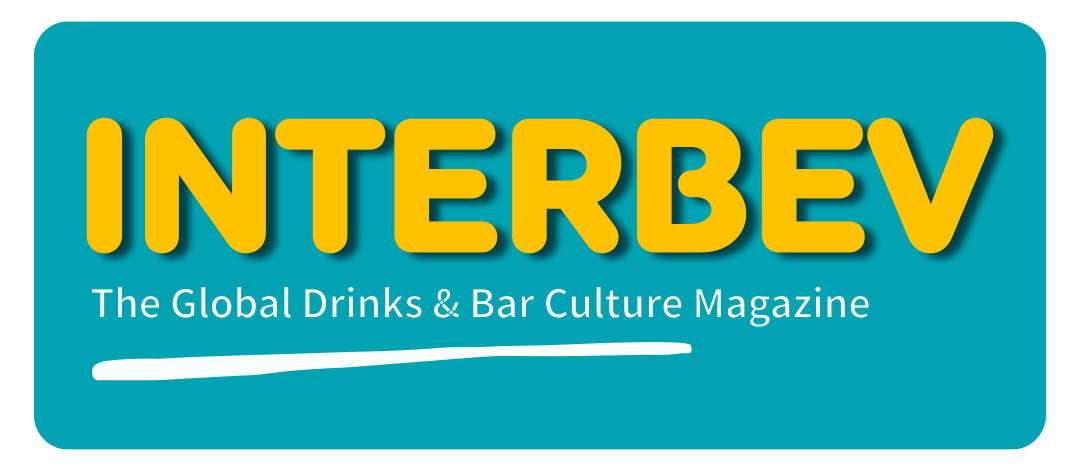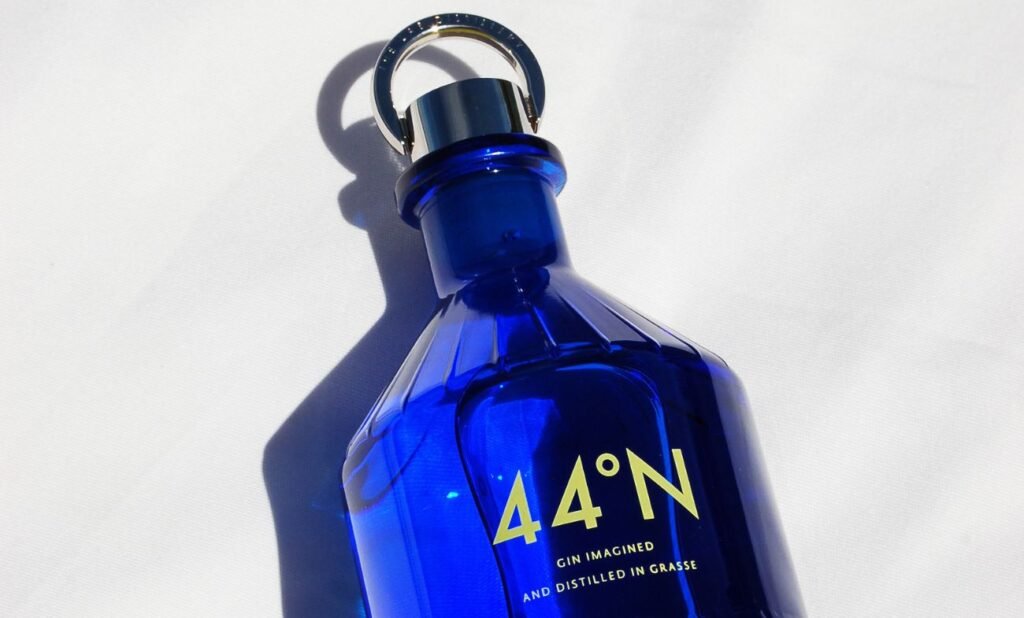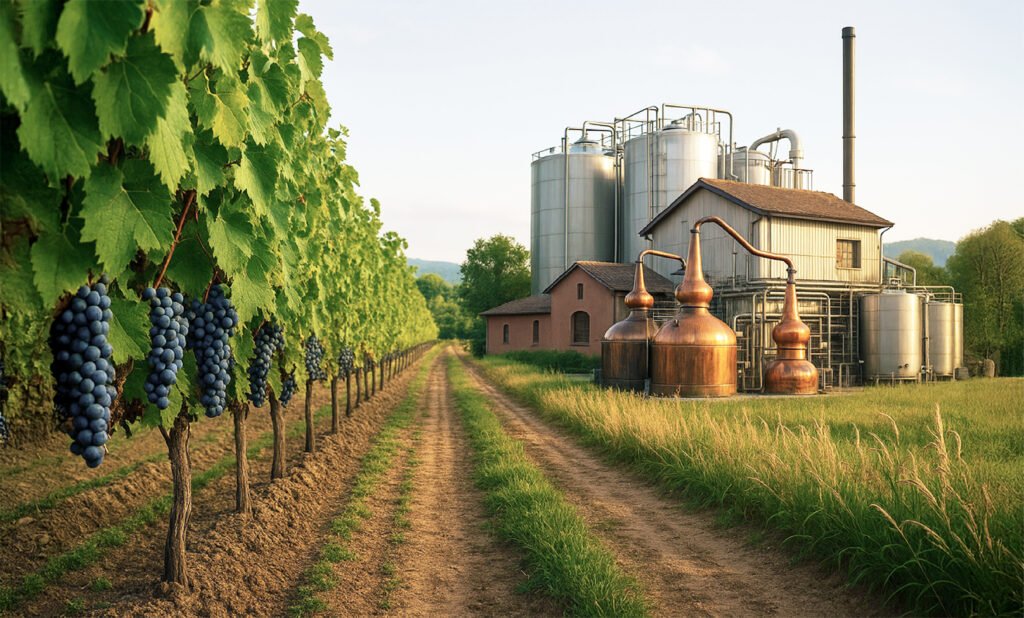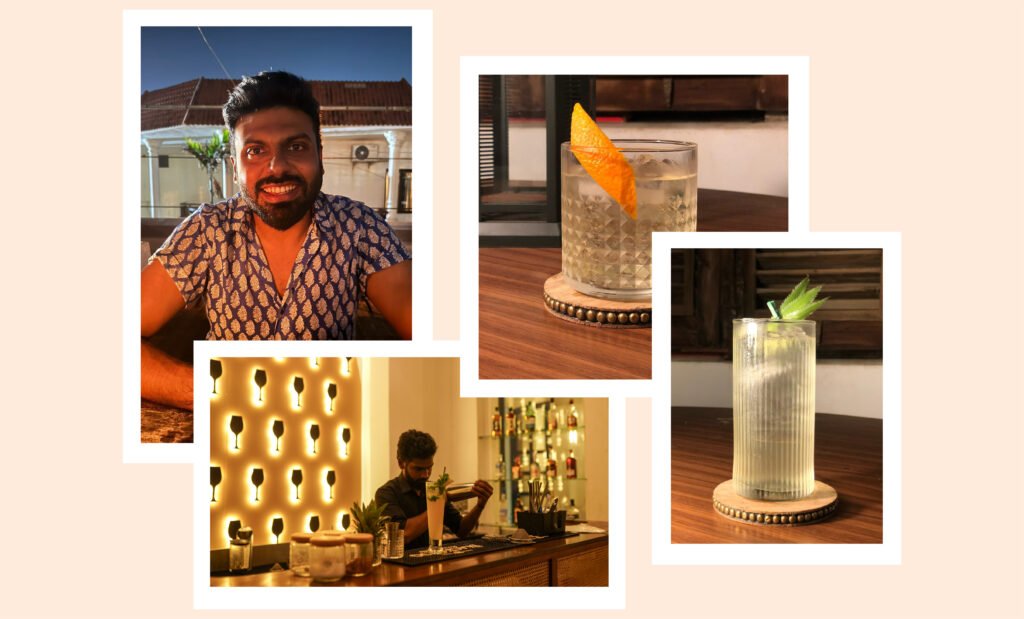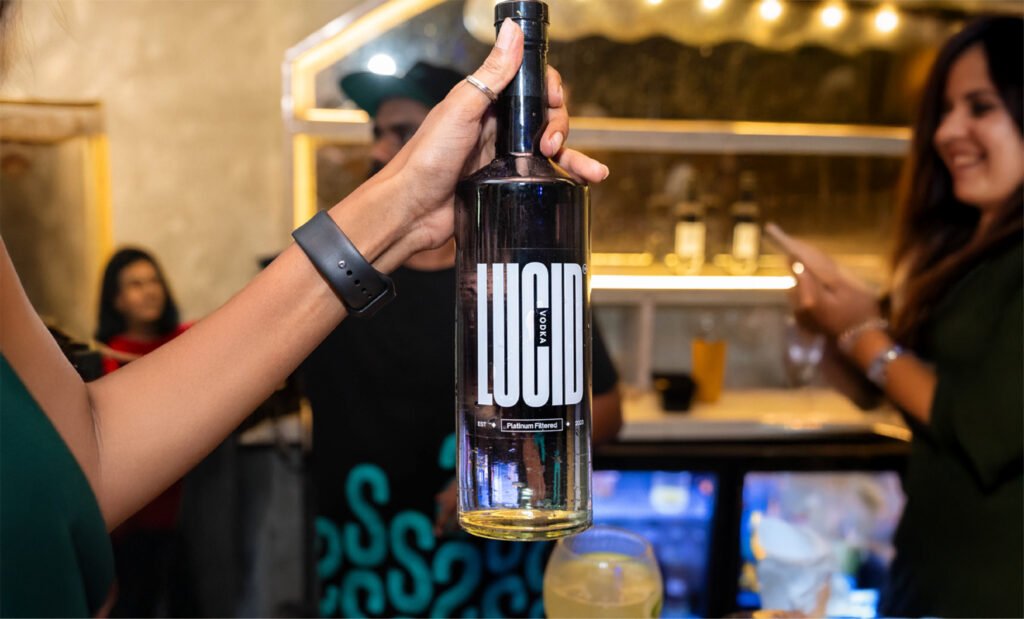Bhagath Reddy, the Founder & CEO of Comte de Grasse, has embarked on a remarkable journey fusing his familial love for spirits with a background in luxury brand management. Through innovative approaches blending fragrance science with traditional spirits production, Comte de Grasse has carved a niche in the liquor-tech industry. Reddy’s vision extends beyond mere product creation; sustainability lies at the heart of Comte de Grasse’s mission, driving its commitment to eco-friendly practices and community engagement. This dynamic fusion of tradition and modernity, coupled with a steadfast dedication to quality, positions Comte de Grasse at the forefront of the evolving luxury spirits landscape. To know more about Bhagath’s journey in the space, read the article below.
Can you share the inspiration behind founding Comte de Grasse and venturing into the liquor-tech industry, blending fragrance science with spirits production?
I come from a family of spirit enthusiasts, specifically whiskey connoisseurs. I was introduced to the world of whiskey and spirits by my father and grandfather and developed a strong passion for it. My expertise lies in luxury brand management and luxury retail, where I worked on introducing brands like Kate Spade, Louis Vuitton, etc., to the southeast Asian market. As an aspiring entrepreneur, I wanted to combine my passion for spirits with my professional expertise. I decided to establish a luxury drinks company. My research and studies in trying to find a differentiation and to break away from tradition and age, which were the markers for luxury spirits, led me to explore fragrance science and the incorporation of fragrance science into spirits. This led me to Grasse, the perfume capital of the world.
What motivated you to combine traditional fragrance extraction methods with cutting-edge technology in the creation of luxury spirits?
Luxury within the Spirit segment was primarily driven by age and tradition, which created a significant barrier for entry for a startup company like Comte de Grasse. As I delved deeper into the industry, I realised that processes and technology hadn’t changed for a long time. However, the fragrance science and cutting-edge technology that exist within the fragrance industry gave me an opportunity to disrupt the spirit industry and use science as a tool to overcome age and tradition and enter the luxury space.

Could you elaborate on the significance of sustainability in Comte de Grasse’s mission and how it influences your approach to product development and production processes?
Sustainability for us at Comte de Grasse is a commitment. We are dedicated to incorporating sustainable practices in every aspect of our business, from sourcing raw materials to production processes. This includes using green energy in our distillery and implementing cleaner and more energy-efficient methods for growing and harvesting botanicals. Our commitment to sustainability is an integral part of everything we do.
Can you describe the role of Provence in shaping the identity and flavors of Comte de Grasse spirits? How does the local environment contribute to the uniqueness of your products?
Provence has always been a significant influence on everything we do. Whether it’s the botanicals we use or the flavour profiles we create, they are strongly influenced and linked to the region’s terroir, the lifestyle, that is the sub affair as it is known of Provence. So, it’s the inspiration and continues to be the motivation behind our brand identity and our our development of flavor profiles.
The 44°N Gin and 06 Vodka Rosé both boast unique production processes. Could you walk us through the innovative techniques used in crafting these spirits and how they contribute to their distinct flavors?
We have developed and pioneered a new extraction and distillation process for both the 44°N Gin and 06 Vodka Rose. For the gin, we have a unique three-step process that begins with the use of sound waves to extract high-quality flavour from the botanicals, known as ultrasonic maceration. We pass sound waves through the liquid to create micro-bubbles and break open the surface of the botanicals to extract the flavour from within. The liquid then goes through our vacuum still, where distillation occurs at colder temperatures to preserve the delicate flavours of the botanicals. Traditional pot stills distillation starts at 78° and goes on to 96°, where the heat damages the delicate flavors. However, our semi-vacuum process drops the boiling point of alcohol from 78° to 28°, allowing us to complete the distillation process under 50° and preserve flavour molecules in the distillate.
In the case of 06 Vodka Rose, we use a combination of ultrasonic maceration to separate and filter out the acidic and mineral molecules from the wine. By changing the frequency, we can use it as a separator rather than an extractor to leave behind the fresh and delicate taste of the Rose wine. Then we infuse this into French winter wheat water to create our unique Vodka Rose.
What challenges did you face during the 15-month R&D process for developing 44°N Gin, studying 200 botanicals and extracts? How did you overcome these challenges?
The initial hurdle we faced was the realisation that not all fragrant substances that smell good are necessarily good in taste. This meant that we had to sift through an extensive library of 200 botanicals to determine which ones could be translated into flavour. This was a time-consuming process as we had to individually distil and test each botanical to quantify its resulting flavour. Nevertheless, this investment has paid off as we now have a comprehensive database that enables us to develop new products much quicker and efficiently.

Could you discuss the significance of the historic Roure Bertrand & Fils perfumery as the location for Comte de Grasse’s distillery? How does it reflect the company’s ethos of blending tradition with modernity?
Roure Bertrand & Fils was a perfumery and the first perfume school in the city of Grasse. It has played a significant role in the development of the perfume and fragrance industry and ecosystem in the area. The distillery and buildings were abandoned in the 1970s and 1980s, making it a significant achievement that today a startup has been able to recommission the old industrial heritage building and repurpose it. This demonstrates our commitment to sustainability and reuse of facilities. The building itself represents our ethos of blending tradition with modernity, with its 200-year-old industrial heritage exterior and modern science lab interior. It is the physical manifestation of our values.
In what ways does Comte de Grasse collaborate with local communities, such as the integration association Reneour, to foster sustainable practices and community development?
We have formed a partnership with Renouer, a local organisation that aims to support the training and employment of long-term unemployed individuals. In collaboration with Renouer’s program called “Cueillette Solidaire,” we have created job opportunities where Renouer is now responsible for picking, processing, and drying four of the botanicals we use in our products. These botanicals include cade, Mediterranean lemons, rose centifolia native to Grasse, and our signature bitter oranges.
Collaboration with local communities, such as Renéou, is a commitment at Comté de Grasse. As an outsider, an Indian who moved to Grasse, I have received a lot of support and acceptance from the local region, the university, and the City Council. Everyone embraced my idea and supported me in bringing my startup to life. Therefore, Community sustainability is of utmost importance to our future in Grasse and it is our responsibility to give back to the community that has given us so much. This is the least we can do to show our gratitude to the community.
How do you envision the future of Comte de Grasse, both in terms of expanding your product portfolio and reaching new markets globally?
Our focus is always on quality first. We’re not in a hurry to dominate the global market; that’s not our goal. We aim to expand into markets where consumers aspire for high-quality products and appreciate the finer things in life. This focus on quality will transcend through the kind of products we create and our choice of markets that we enter.
Finally, could you share your insights on the evolving trends in the luxury spirits industry and how Comte de Grasse is positioned to meet the changing demands of consumers?
There is a clear trend towards the premiumisation of luxury spirits. While Luxury spirits have traditionally been dominated by tradition, today, the younger generations – GenZ and millennials, prioritise social and environmental causes when purchasing luxury products. As a result, the industry is being forced to reconsider its approach. While age claims are being phased out, quality and provenance claims are becoming more prevalent, which is a positive disruption that has been long overdue. You can expect the industry to embrace science, more eco-friendly methods, whether it be through packaging or logistics. This will be the most significant trend, as GenZ and millennials will make up 30% of the luxury market in the next decade, and companies will need to reprioritise and reposition their current luxury offering.
